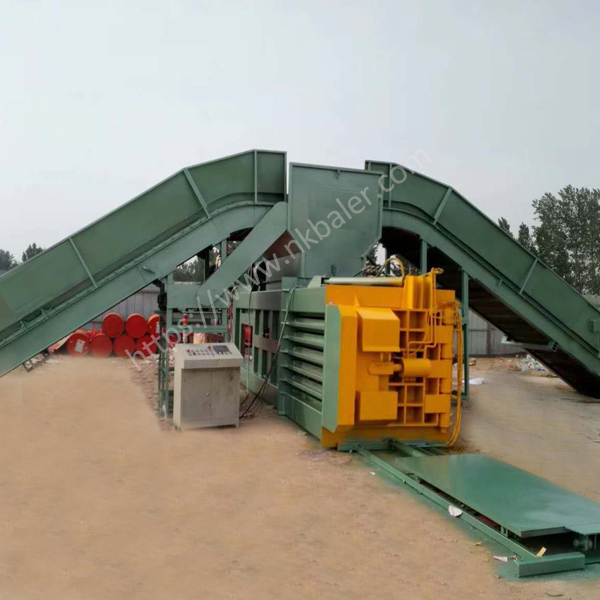The purpose of a baling machine, also known as a baler, is to compress loose materials such as straw, hay, or other agricultural crops into compact, rectangular or cylindrical shapes called bales. This process is essential for farmers and ranchers who need to store large quantities of these materials for livestock feed, bedding, or soil amendments.
Baling machines offer several benefits, including:
1. Space efficiency: By compressing loose materials, bales take up less space in storage, allowing farmers to store more material in the same area.
2. Easier handling and transportation: Bales are easier to handle and transport than loose materials, reducing labor costs and making it easier to move large quantities of material over long distances.
3. Improved feed quality: Baling helps preserve the nutritional value of crops by reducing exposure to moisture, dust, and contaminants.
4. Increased crop yields: Baling enables farmers to collect and utilize crop residues that would otherwise be left in the field, providing additional revenue and improving soil health.
5. Soil conservation: Baling can help reduce soil erosion by leaving less residue on the surface of the field after harvest.
There are several types of baling machines available, including square balers, round balers, and large square balers. Square balers produce small, high-density bales that are ideal for feeding livestock. Round balers produce larger, lower-density bales that are suitable for hay or straw. Large square balers are used for producing large, high-density bales for long-term storage or commercial purposes.

In conclusion, the purpose of a baling machine is to compress loose materials into compact, easy-to-handle bales for storage, transportation, and use as livestock feed, bedding, or soil amendments. Baling machines offer numerous benefits to farmers and ranchers, including space efficiency, easier handling and transportation, improved feed quality, increased crop yields, and soil conservation.
Post time: Mar-08-2024